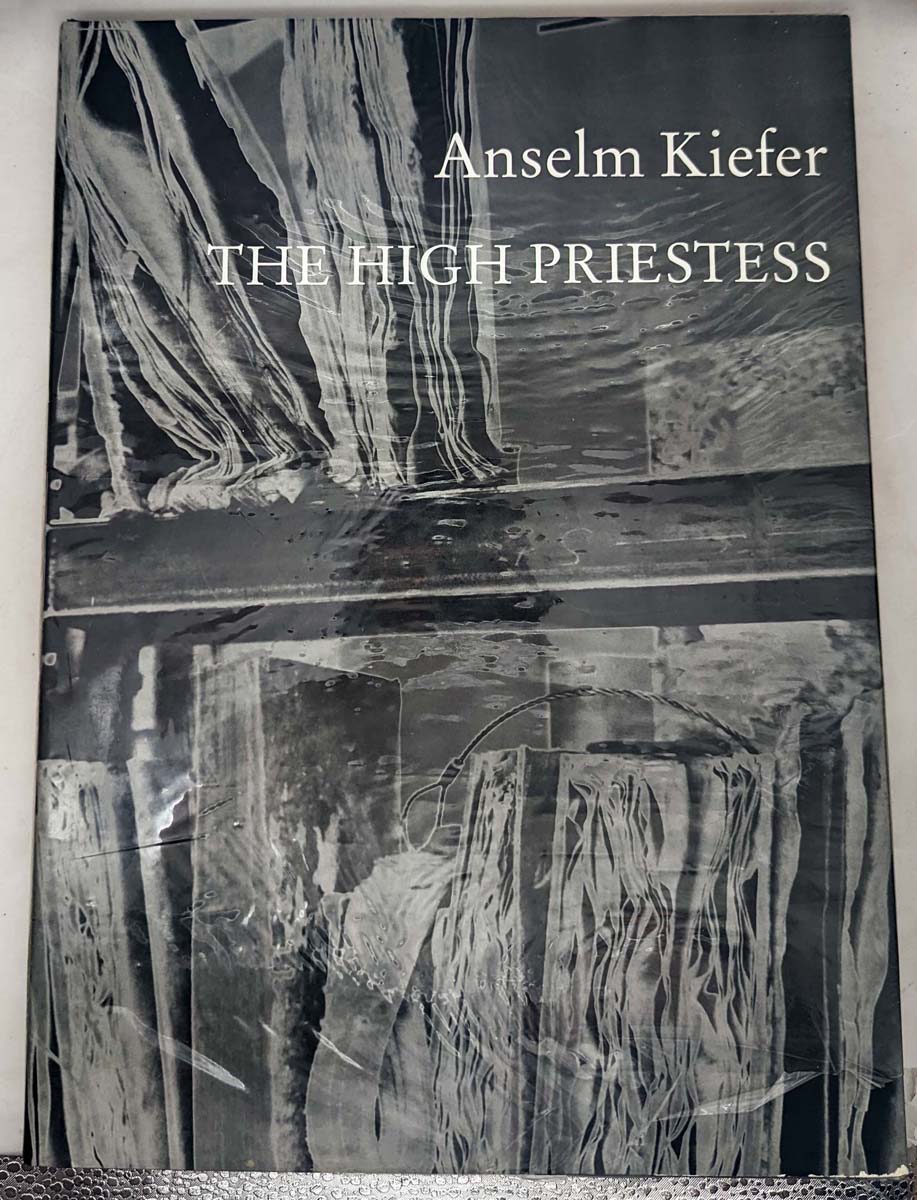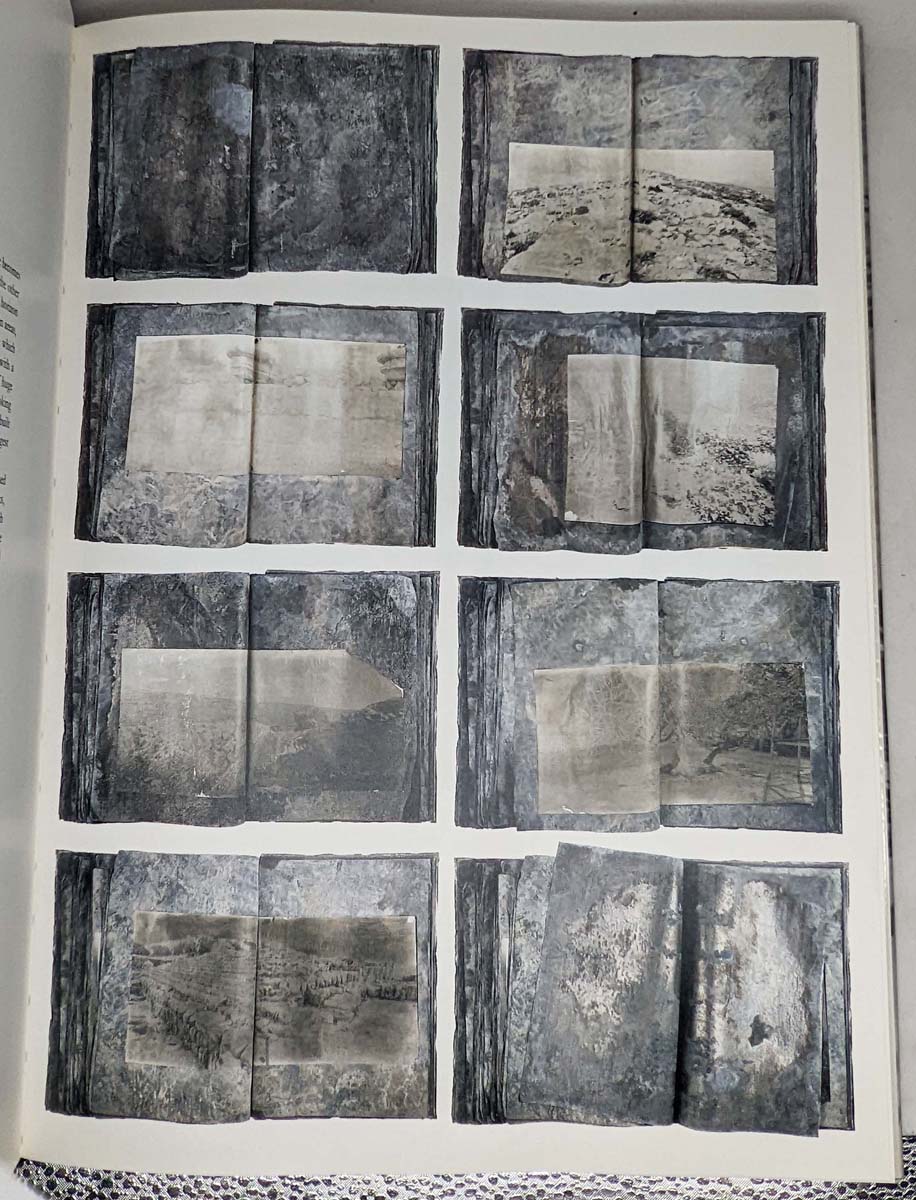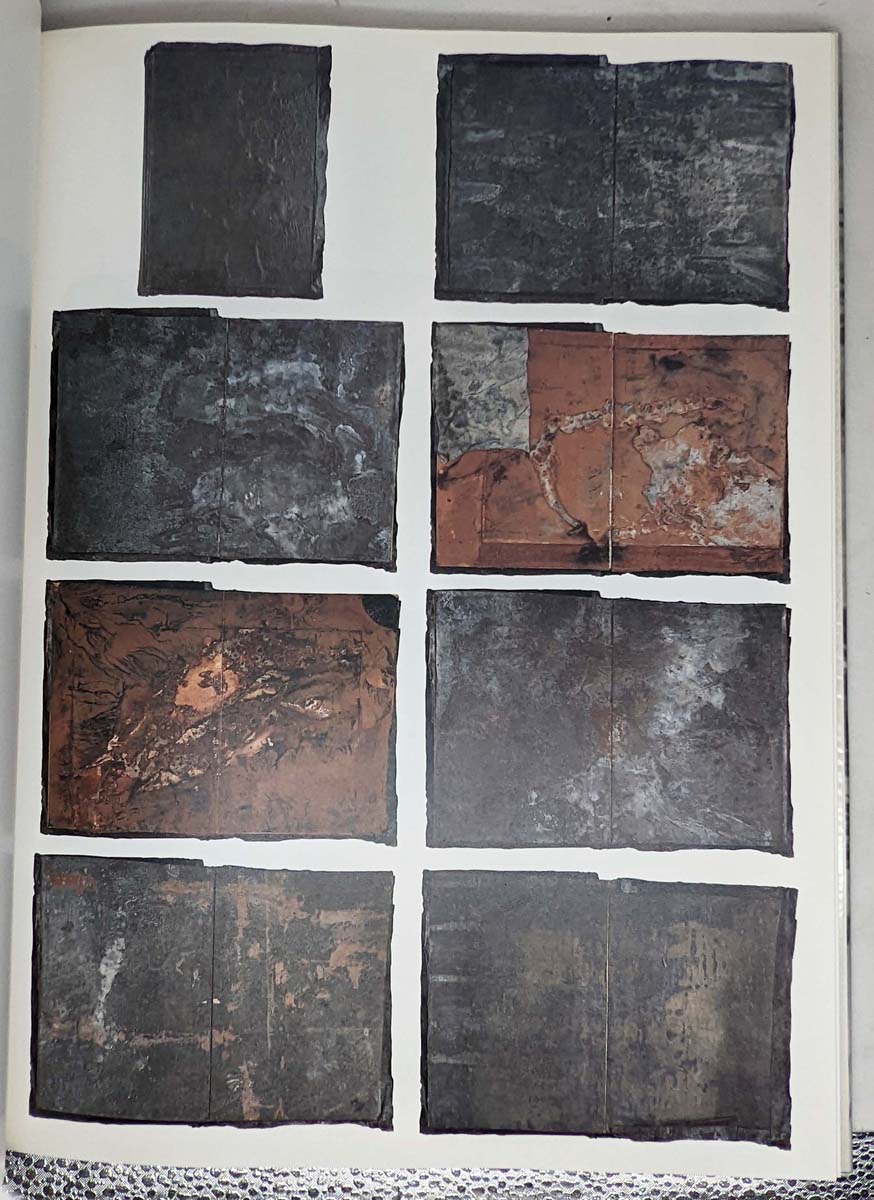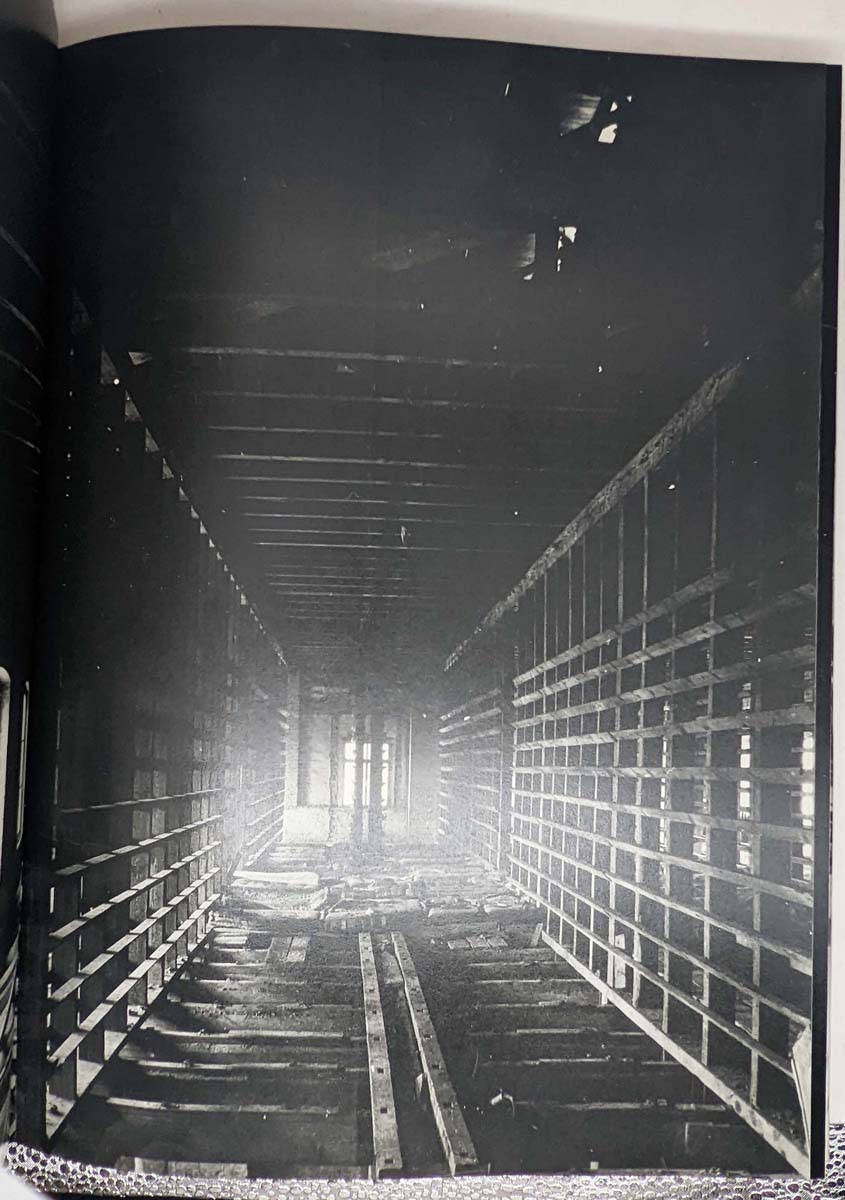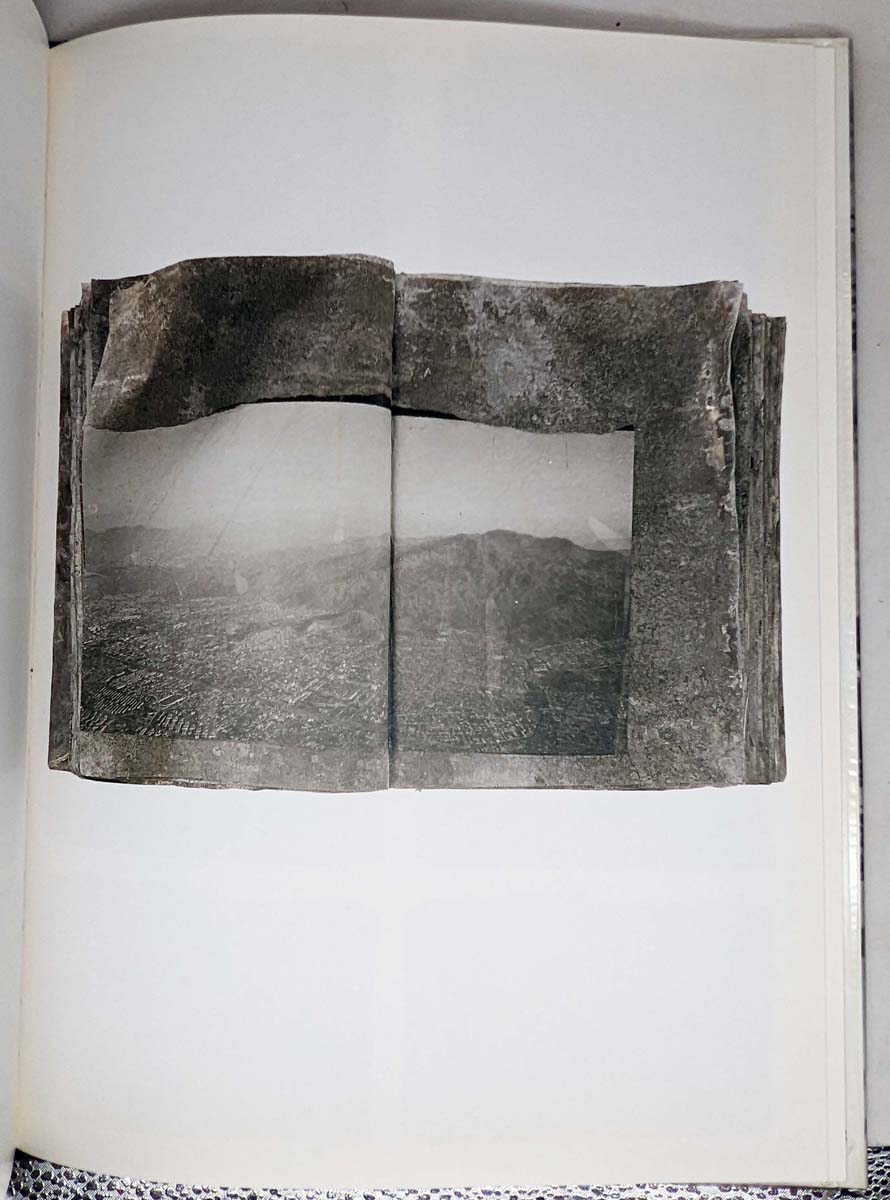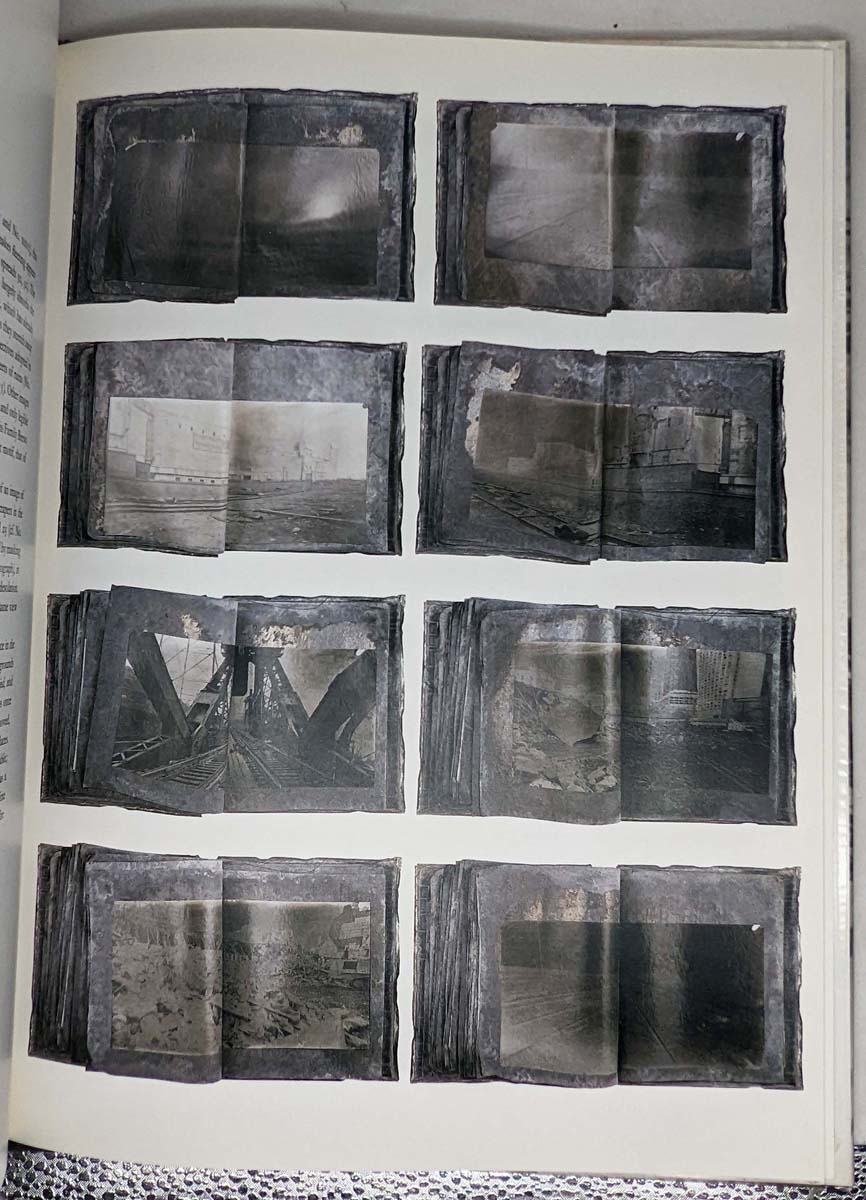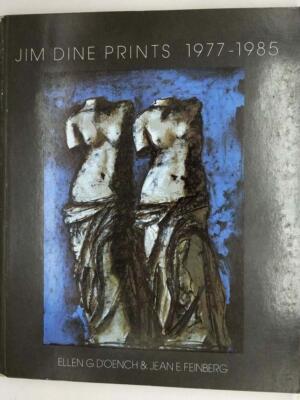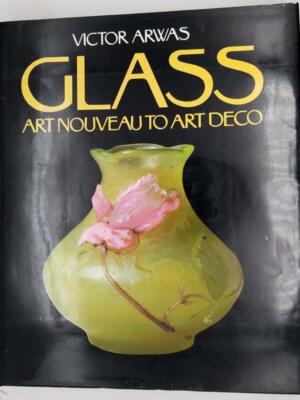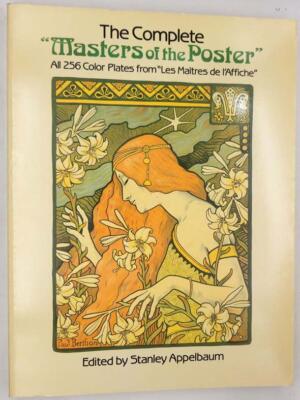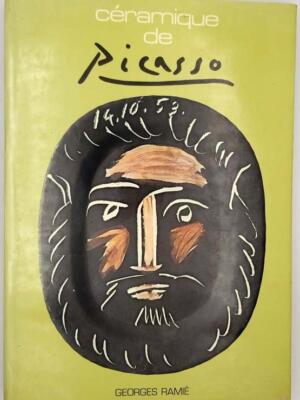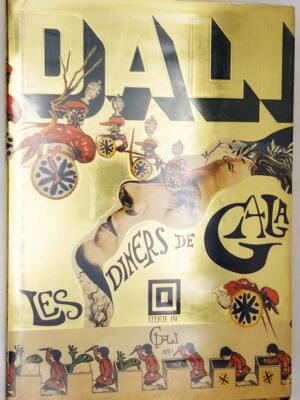The High Priestess (1989) is a profound and visually arresting work by Anselm Kiefer, the German artist whose monumental paintings and sculptures grapple with history, mythology, and the weight of collective memory. This piece exemplifies Kiefer’s signature approach—layering dense textures of lead, ash, straw, and oil paint on a large-scale canvas to evoke a landscape of ruin and revelation. The title references the tarot’s High Priestess, a symbol of esoteric wisdom, aligning with Kiefer’s lifelong fascination with Kabbalah, alchemy, and the occult.
The painting depicts a shadowy, architectonic space—perhaps a crumbling library or temple—where knowledge and decay intertwine. Kiefer’s use of fragile, organic materials (like straw, which decays over time) underscores themes of transience and the cyclical nature of destruction and rebirth. The work’s somber palette and tactile surfaces invite viewers to confront the remnants of cultural and spiritual histories, particularly those scarred by the trauma of 20th-century Europe.
Exhibition Legacy: The High Priestess was featured in Kiefer’s pivotal 1990 Museum of Modern Art retrospective, solidifying his reputation as one of the most important artists of the postwar era. Like much of his oeuvre, it challenges viewers to navigate the intersections of myth, memory, and materiality.
For deeper exploration of Kiefer’s themes, his Margarethe (1981) series—inspired by Paul Celan’s Holocaust poetry—or Breaking of the Vessels (1990), a meditation on Kabbalistic cosmology, offer resonant parallels.
